Half-eaten breadsticks, crusts of pizza, unfinished chicken drumsticks…we throw a lot of food away at St. Mary’s.
But we’re not alone. Nationally, people waste 92 billion pounds of food annually, equal to 145 billion meals.
Leann Edwards is a team member for Project Green Fork, an organization that helps local businesses in the service industry operate more sustainably. They specialize in preventing food waste within establishments that serve food.
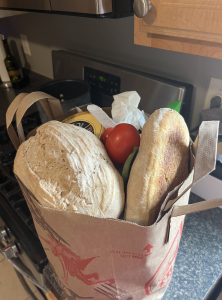
Restaurants waste 4% to 10% of the ingredients they buy, and 30% to 40% of food served to customers is never actually eaten. But Edwards suggested that just concentrating on restaurants won’t fix the problem by itself. A surprising amount of food waste actually occurs at home. Shockingly, citizens waste 38% of all the food in America.
“So much of what happens, happens at home,” she said. “About 41% of food that’s wasted is actually wasted in the residential environment, not at restaurants or caterers, things that you might expect.”
People tend to throw out food when it is still edible for multiple reasons. One is an issue with food date labeling.
“There’s no regulation on how dates are labeled on food,” Edwards said. “So it’s ‘best by,’ ‘use by.’ There’s no real expiration date, but people assume that whatever date is on the product is the date the product is no longer safe. That’s not the case.”
The ‘best by’ dates on those stickers or in the corners of the wrapper indicate when the food is no longer at its best. Expiration dates are the dates when the food actually spoils. They are not printed on the food. Often people do not realize the difference, which contributes to a lot of food waste.
Another reason is that people put more food than they can finish on their plates. Or, they get a big spoonful of something just to try, only to find out they do not like it and throw it away.
Wholesome, nutrient-rich food that is wasted could help families in need suffering from food insecurity.
“The national average for food insecurity is about one in nine,” Edwards said. But Memphis has some of the worst food insecurity in the country. “Here it’s one in five, and when we’re talking about school-aged children, it’s actually one in four,” she said.
Wasting food while living amongst children who suffer from food insecurity should make us all feel a little guilty. Unfortunately, food will always be wasted. At times it is simply inevitable. But we can do our part and saving food is not hard. Here are some suggestions:
Stop throwing food out before it actually expires. Obviously, we all need to stop putting our faith in the little printed dates on the little stickers.
“We advocate for people using their senses,” Edwards said. ”You know, smell it, taste it, look at it, see if it still seems safe. And then, usually, it’s still safe for consumption.”
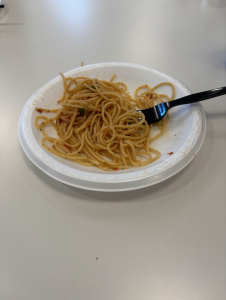
Do not get more than you think you can eat. You can always go back for seconds if you find you are still hungry. If you would like to try something, you can get a small scoop and taste it. There is no need to get heapfuls of food you know you might not finish.
Try composting (if your parents will let you). Composting is the natural process of recycling organic matter, such as leaves and food scraps, into a valuable fertilizer that can enrich soil and plants. It is a cheap and easy approach to combating food waste. However, it usually is a last resort. Although it is easy, you have to commit to it. A helpful local resource is the Compost Fairy, an organization that helps homeowners compost. However, this option does cost money.
Shop your refrigerator. Edwards suggests looking at what you already have in the fridge or pantry before you go to the grocery store. This is called source reduction. It eliminates waste before it is created, and it is easy and saves money. All you have to do is plan for each ingredient and how it will be used.
Use up your leftovers. There are tons of recipes that use old greens and leftovers in case you forget to implement your plan. For example, banana bread for those blackened bananas, carrot top chimichurri for the greens that would go in the garbage or ricotta fluff, which, believe it or not, uses milk close to or even past its expiration date.
Donate what you won’t use. Food donation is a more community-action approach to get those service hours in.
“And [for food donation] that’s obviously that safe, wholesome food. You don’t want to donate just anything to an organization who’s dealing with people with food insecurity,” Edwards said.
Advocate for share tables at school and in your community.
“We advocate for a share table where the food that’s not going to be eaten, that’s safe,” Edwards said. “Packaged goods, whole fruit…things that are sealed can be put on this table for other students to take as they want it.”
Do not throw away good food. If you are not going to eat it, somebody else will.





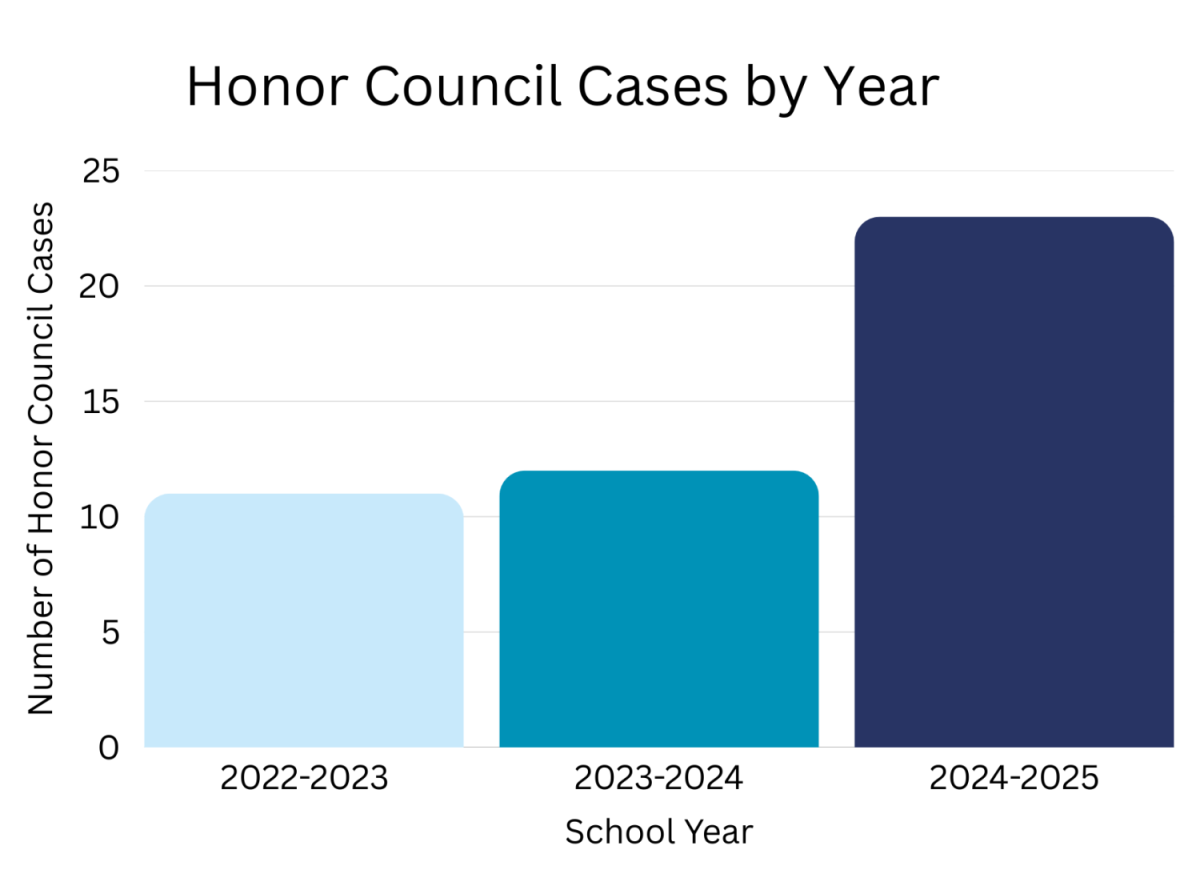
















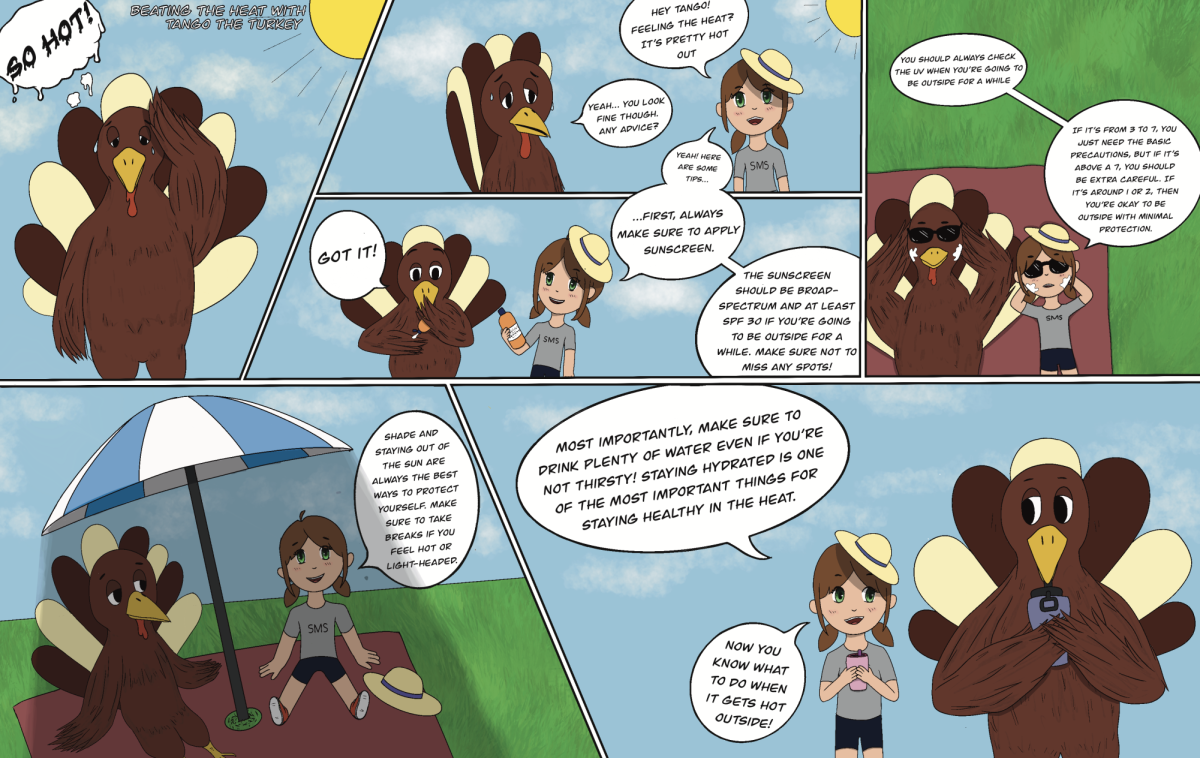








![[GALLERY] Walking in (Downtown) Memphis](https://stmarystatler.org/wp-content/uploads/2024/04/E1DAD3FE-E2CE-486F-8D1D-33D687B1613F_1_105_c.jpeg)

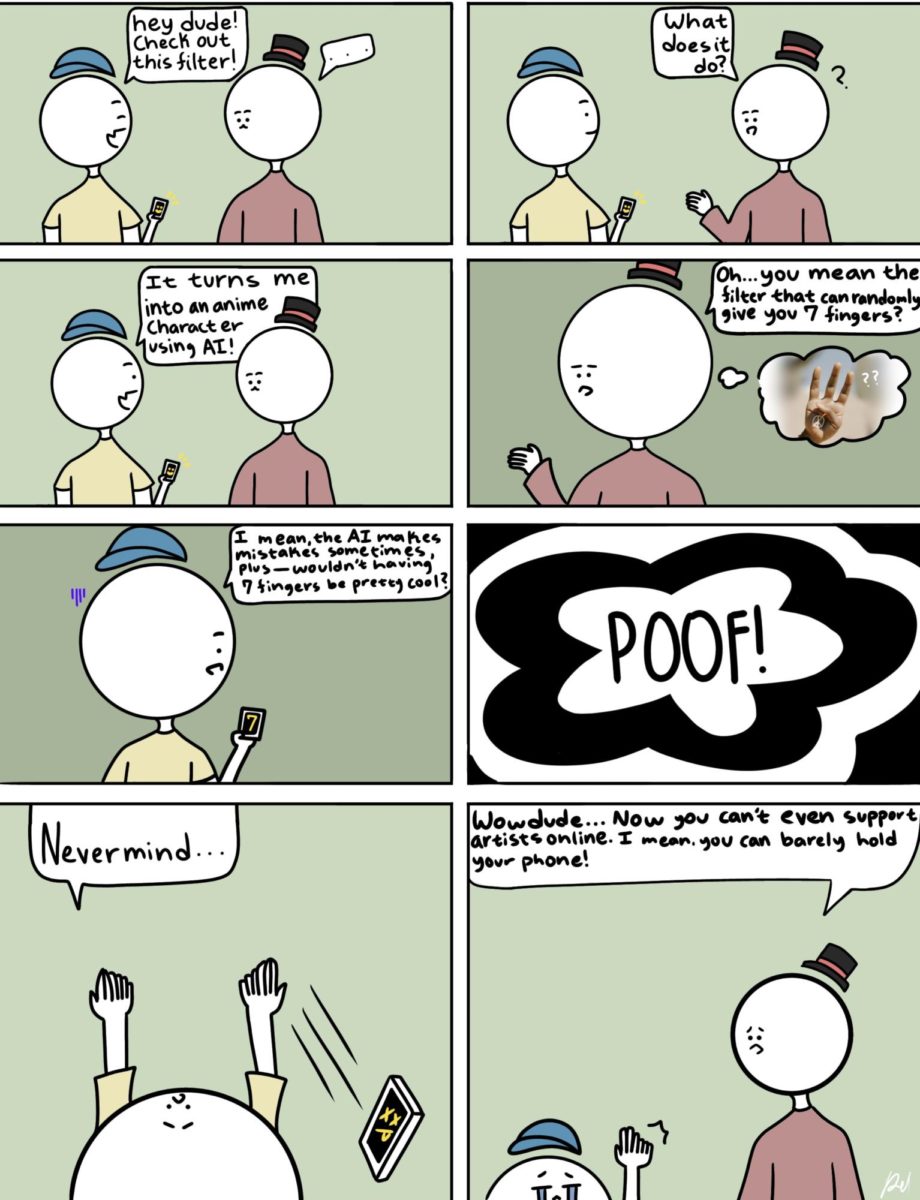














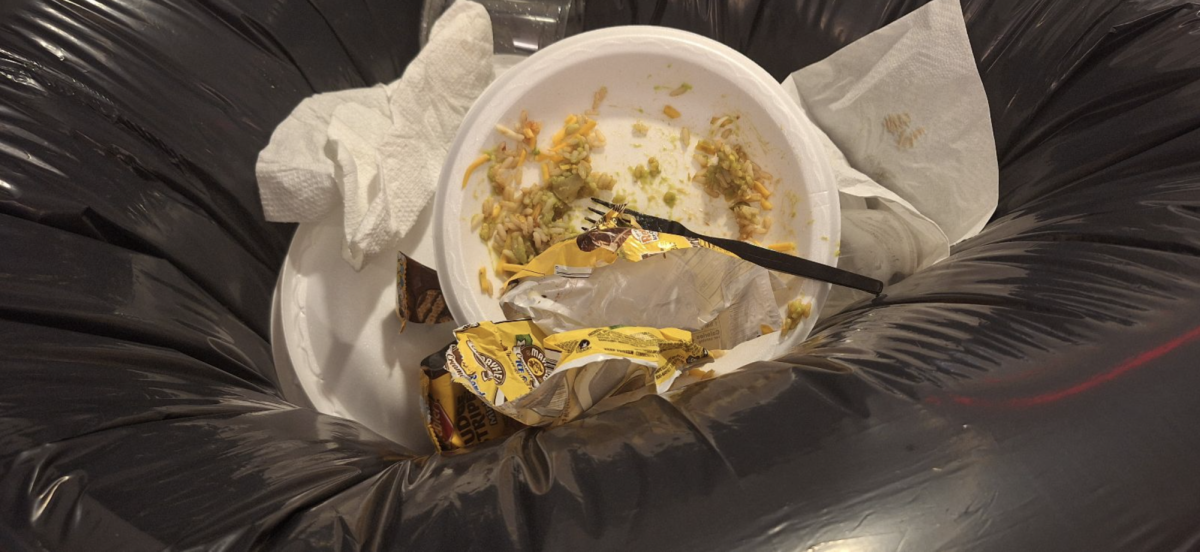



Amy Poag • Oct 29, 2024 at 10:18 pm
Great article! Good tips to think about.
Emily Cole • Oct 15, 2024 at 8:22 pm
Super cool article!! The ‘best by’ stickers especially I think are something so important and I’m glad to see it being talked about 🙂
Rahma • Oct 14, 2024 at 9:24 pm
I absolutely loved this article. It was so informational, amazingly written, and really is a great call to action. Thank you so much, Ruba, for educating the community ❤️
Warsan • Oct 14, 2024 at 5:11 pm
Genuinely one of the best articles ever read. I think it’s because Ruba wrote it.